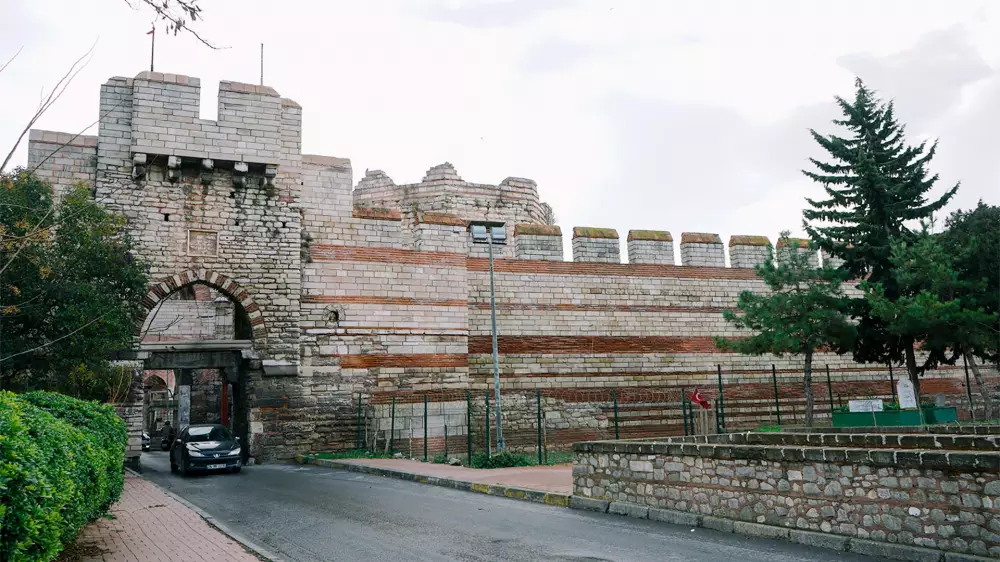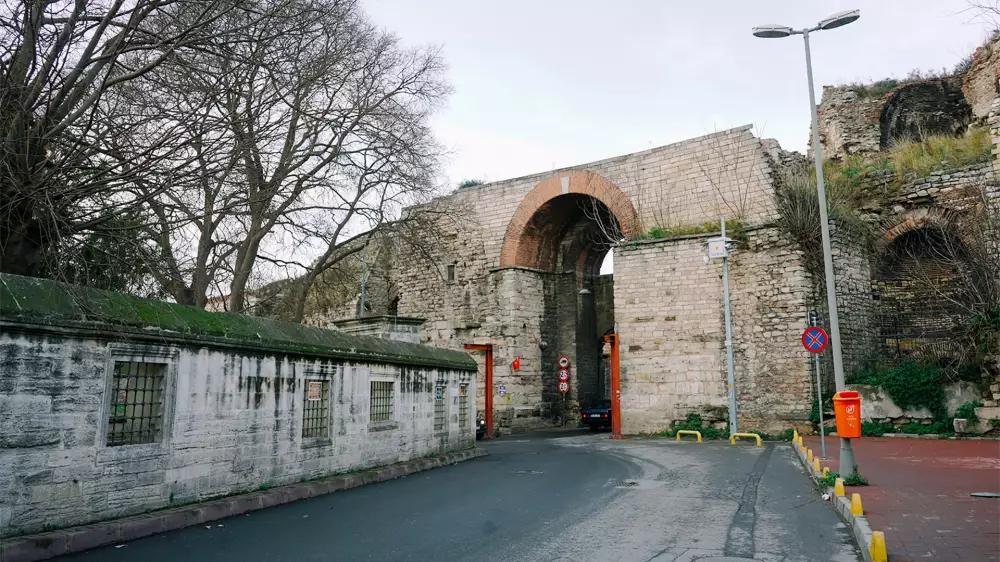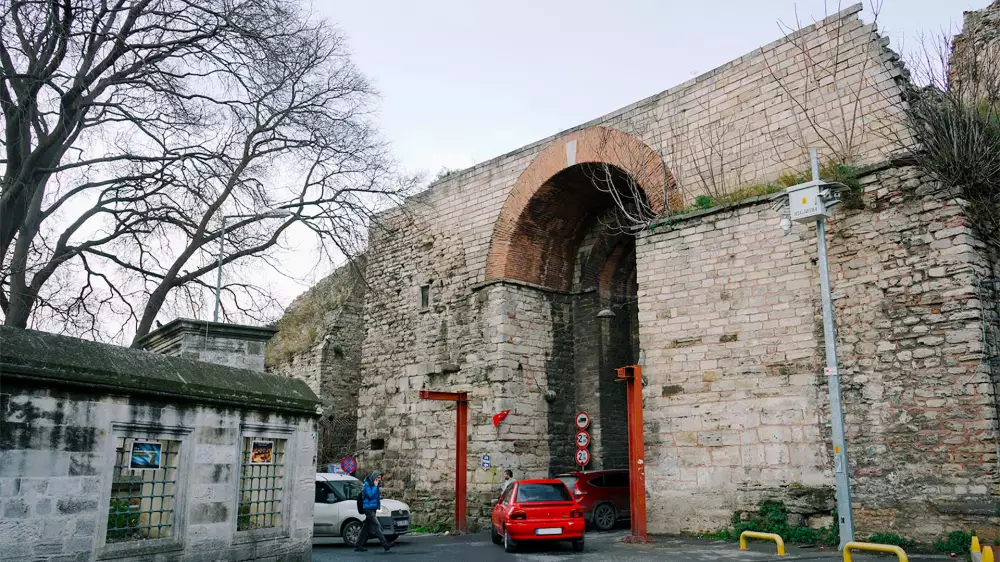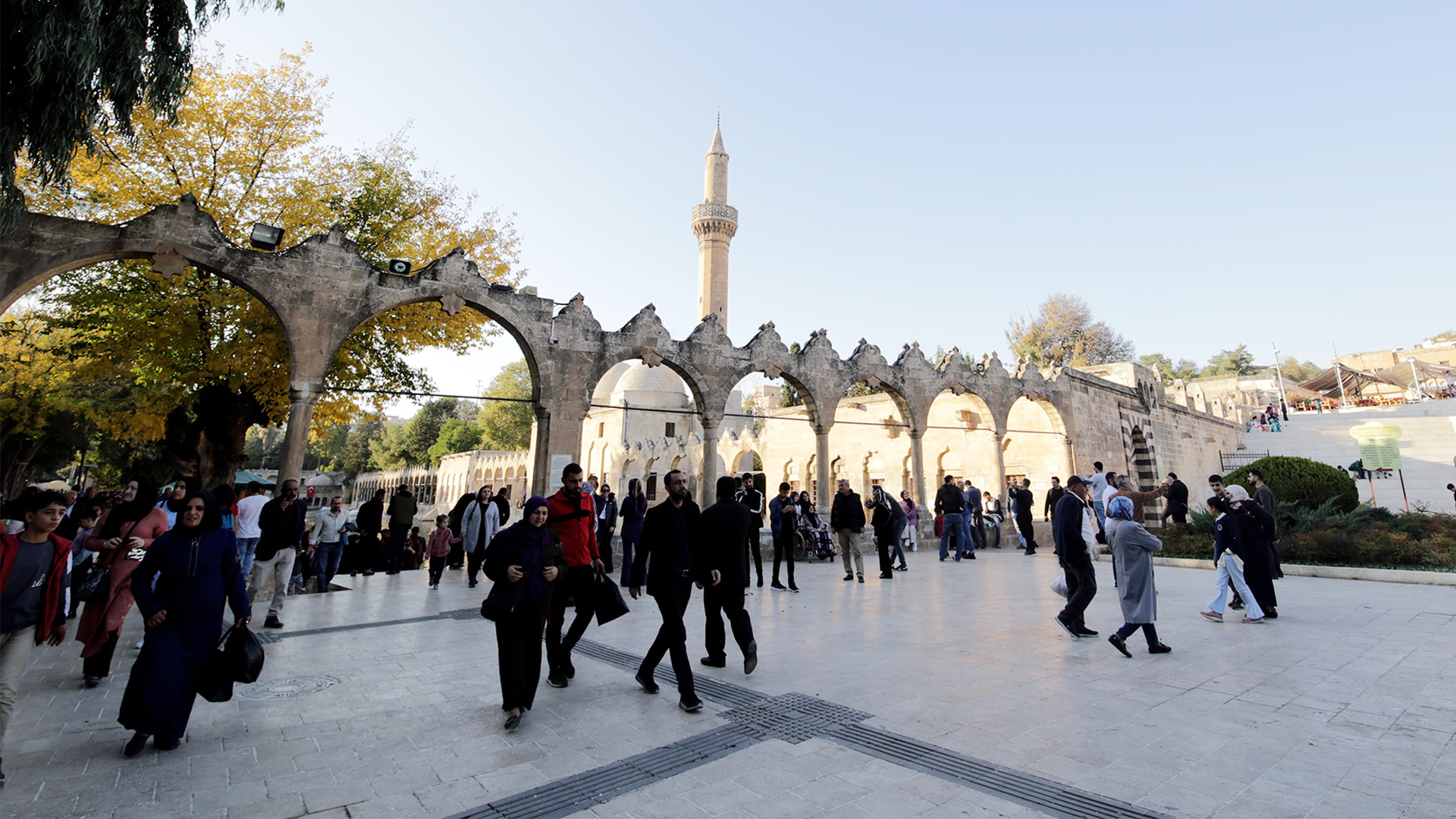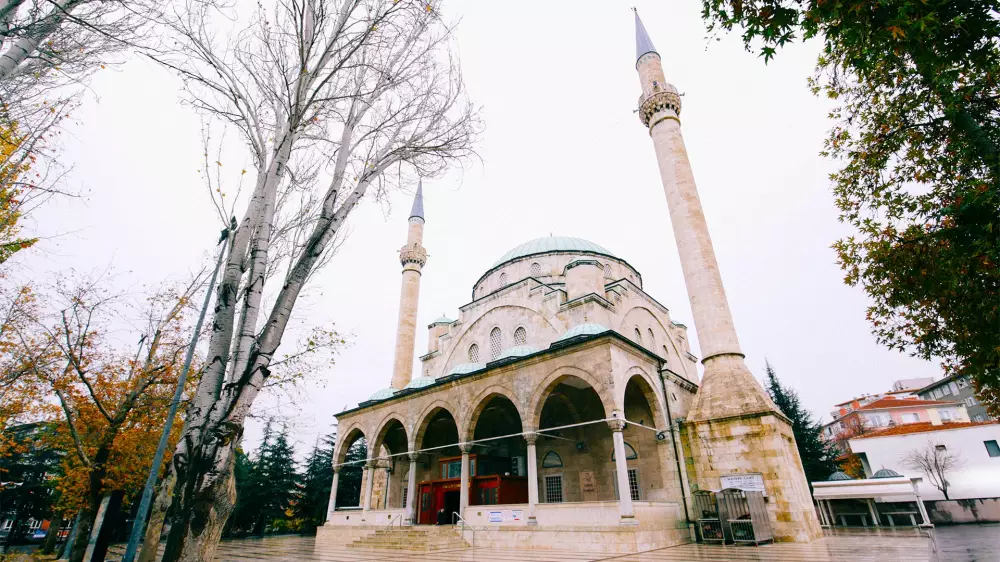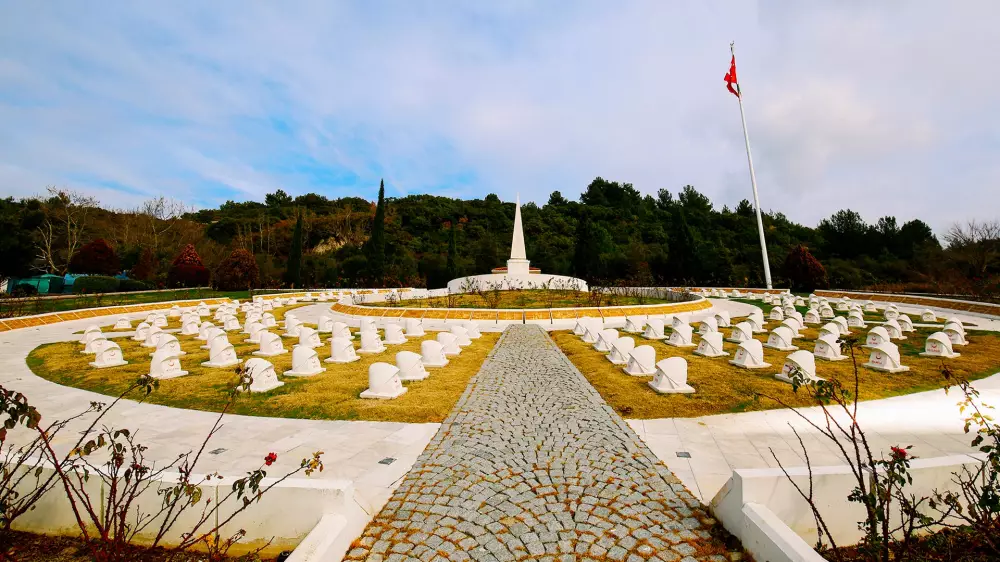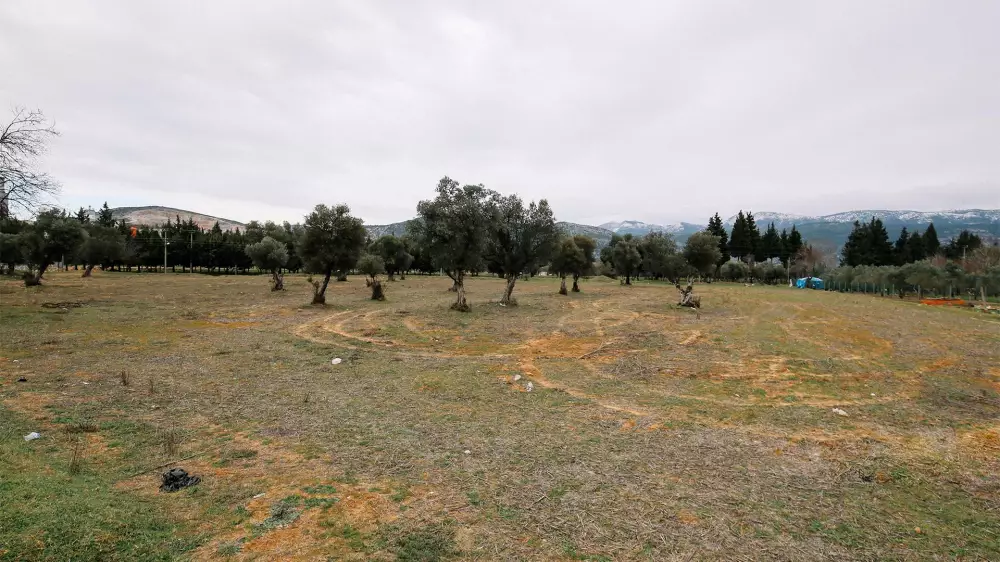
Walls of Istanbul – The Golden Gate (Altinkapi in Turkish)
20.04.2024 04:01
Istanbul, which was the capital of the Byzantine Empire at the time, was surrounded by walls of about 20 kilometers at that time. This line of defense protected the city from numerous attempts of conquest between 413 and 1453.
These Byzantine ruins that spread over the historical peninsula of the city are examined in three sections as land, sea, and Golden Horn; approximately 6.5 kilometers of the line are in the form of land walls. The other walls are based on the defense of the city against attacks from the sea by extending along the shores of the Golden Horn and the Marmara Sea. The walls on the land are still standing partially or significantly in many parts of Istanbul today and draw attention with their gates, most of which were built during the Byzantine period.
For trade, military or routine reasons, the passages between the interior and exterior of the land walls were made through the gates opening to the walls. Before the conquest of Istanbul by the Ottoman Empire in 1453, it is known that there were 45 gates on the walls. 11 of the gates, most of which were closed after the conquest, are open and can be visited today. One of these gates is the famous Golden Gate.
The Golden Gate, which has towers on both sides, is covered with marble. The origin of its name goes back to the triumphal arch built in Rome in 390. Because the glorious building, which was equipped with the statues, which was built before the walls were not there, consisted of gold-plated gates. In addition, the Golden Gate, which was known by this name because it was a gate through which the Byzantine emperor, the people of the palace, and important guests passed, had also witnessed the victory marches of the commanders who won in wars for centuries. Heraclius, Constantine V, John I Tzimiskes, and Michael VIII Palaiologos can be given as examples for them.
Gallery
